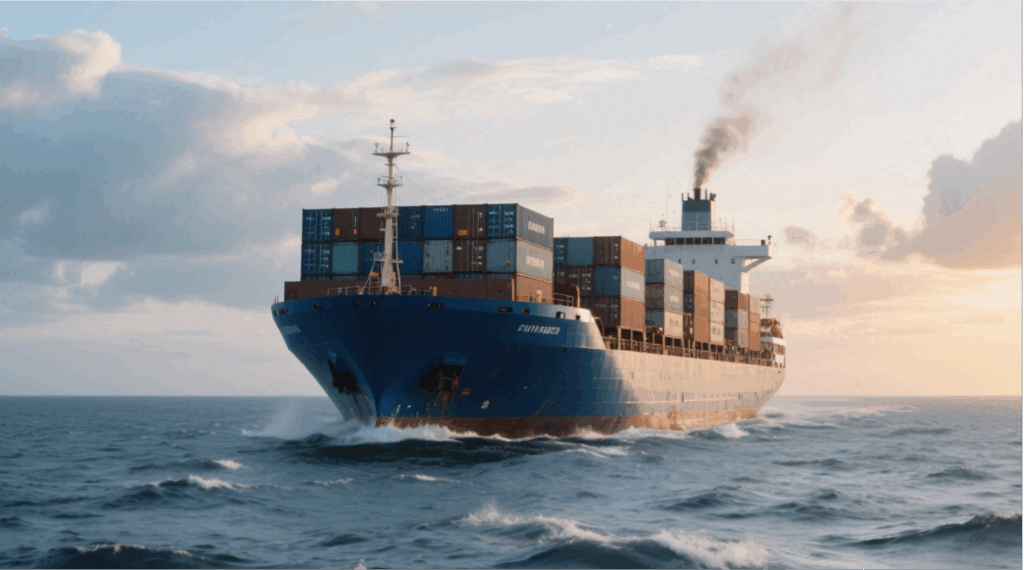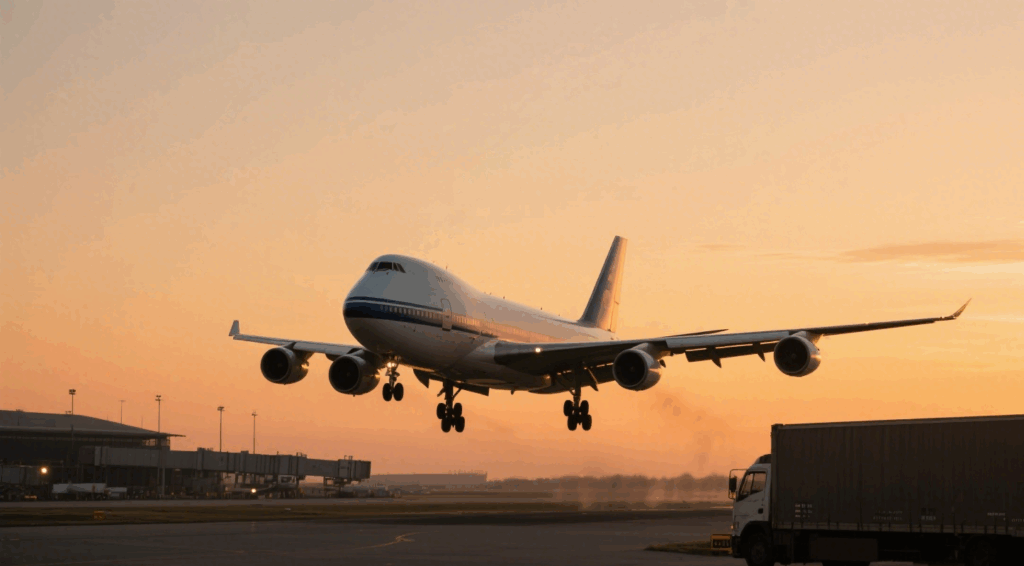Understanding china freight rates is critical for businesses that import or export goods. Freight rates affect profit margins, delivery times, and overall supply chain efficiency. This article explains how rates are calculated, the role of forwarders, how costs differ across transport modes, and why rates vary between countries. To give you clarity, we also share real-world case studies with detailed cost breakdowns.
What Are China Freight Rates?
China freight rates are the charges applied to ship goods from China to international destinations. They include base carrier charges, fuel surcharges, customs fees, and additional handling costs. Rates fluctuate due to global demand, seasonal peaks, fuel prices, and port congestion.
What Do Freight Rates Include?
| Cost Component | Description |
|---|---|
| Base Freight | Core transport charge by carrier |
| Fuel Surcharge | Adjustment based on oil prices |
| Documentation | Bills of lading, customs forms |
| Port Charges | Loading, unloading, storage |
| Insurance | Optional, protects cargo value |
| Delivery | Inland trucking or last-mile |
Freight Rates by Transportation Mode
Key Terms Related to Freight Rates
- FCL (Full Container Load): One shipper occupies a full container.
- LCL (Less than Container Load): Cargo shares space with others, cheaper but slower.
- BAF (Bunker Adjustment Factor): Extra charge for fuel price changes.
- THC (Terminal Handling Charge): Fees for loading/unloading at port.

Differences in Rates Across Countries
| Destination | Typical Cost Drivers | Example |
|---|---|---|
| USA | Port congestion, fuel surcharges | Higher average ocean freight |
| Europe | VAT, compliance fees | Air freight rates higher |
| Africa | Limited carriers, inland costs | Sea freight + trucking costly |
| SE Asia | Shorter distances, lower labor | Rates more stable |
How to Avoid Rate-Related Problems
- Request all-in quotes (avoid hidden port charges).
- Book shipments early during peak seasons.
- Consider LCL consolidation if volumes are small.
- Work with forwarders offering transparent contracts.
📌“Freight quotes should always list every component—base rate, surcharges, and inland fees—so shippers can compare fairly.”
Real-World Case Studies
Case 1: Shenzhen → Los Angeles (Electronics)
- Mode: Ocean (40HQ)
- Base Rate: $2,400
- Port Charges: $450
- Trucking: $700
- Total: $3,550
- Delivery: 22 days
Case 2: Shanghai → Frankfurt (Apparel)
- Mode: Air
- Weight: 1,200 kg
- Rate: $4.8/kg = $5,760
- Customs: $300
- Handling: $220
- Total: $6,280
- Delivery: 5 days
Conclusion
China freight rates influence every step of global trade. By understanding cost structures, transportation differences, and country-specific challenges, businesses can better manage logistics expenses. With the right forwarder, freight becomes predictable, efficient, and aligned with business goals.
- Consult TJ China Freight Forwarding for the lowest quote. They will provide you with reliable, cost-effective service.
FAQ:
Q1.How often do china freight rates change?
Rates change weekly depending on market demand and fuel costs.
Q2.Which is cheaper: LCL or FCL?
FCL is cheaper for full loads; LCL is cost-effective for smaller shipments.
Q3.Can freight rates be negotiated?
Yes, especially with higher volumes or long-term contracts.
Q4.Why are air freight rates higher than sea freight?
Air is faster but capacity is limited, making it more expensive.
Q5.Do freight rates include insurance?
Not always—insurance is usually optional.





